Historic Press Photos Capture Police Brutality During the 1967 Newark Riots
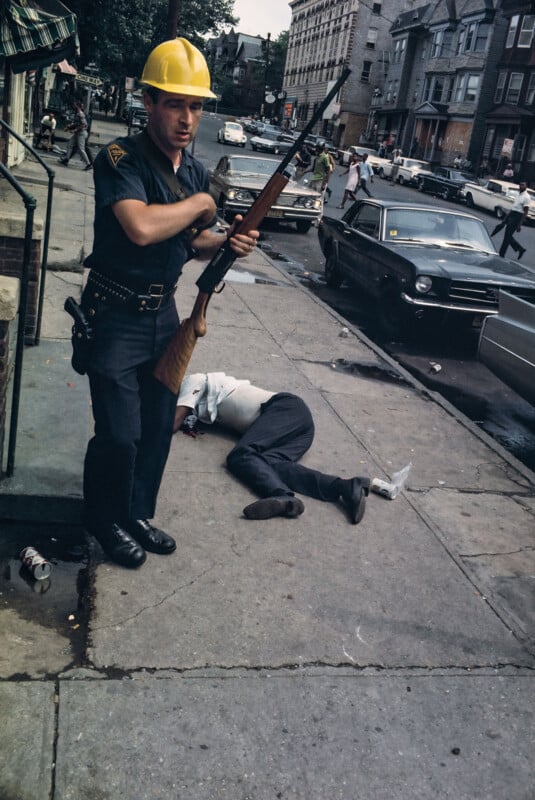
Photojournalist Bud Lee was shooting a portrait of a Wall Street stockbroker when he got the call to say that a civil uprising was underway in nearby Newark, New Jersey.
Warning: This article contains graphic photos that some may find disturbing.What followed over the next five days in July of 1967 was a shocking, violent rebellion causing $10 million worth of damage and leaving 26 people dead. Lee was present at one of the deaths; a man named Billy Furr who was killed by the police.
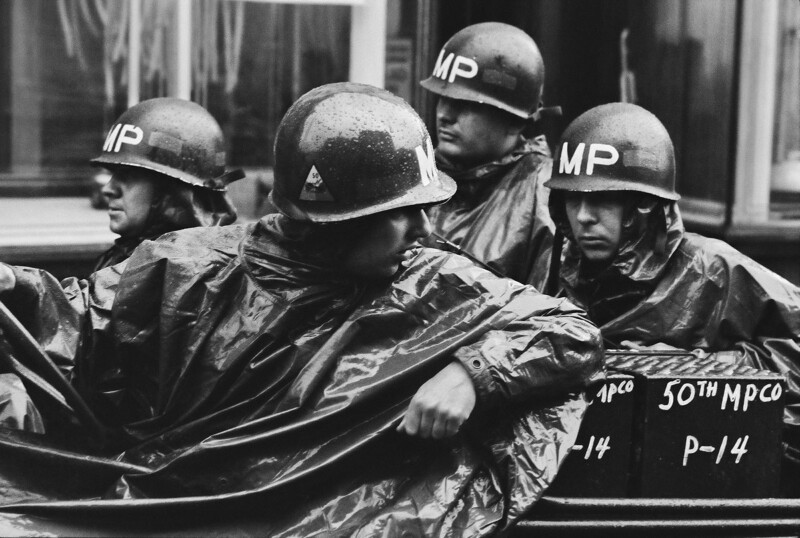
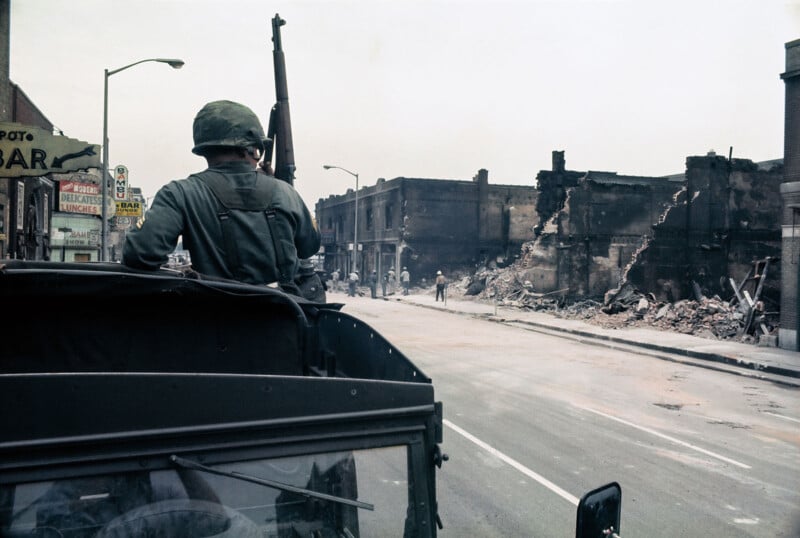
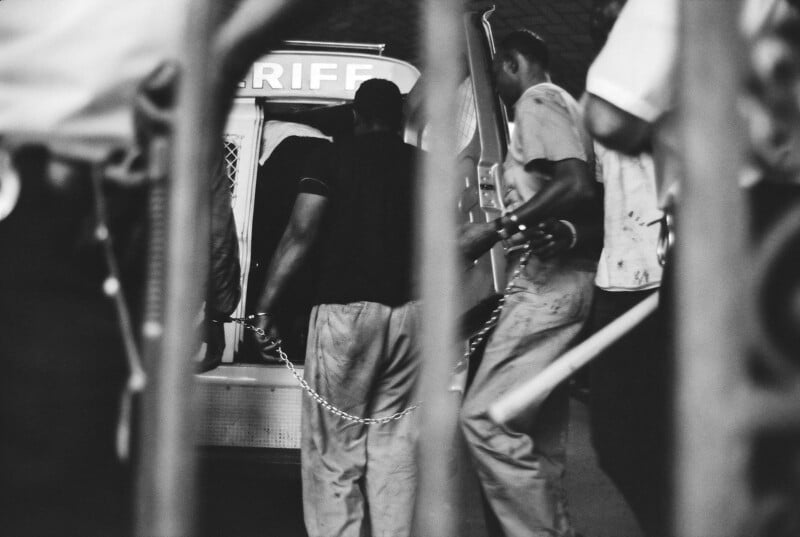
The riots started after a rumor spread that a Black cab driver had been killed inside a police precinct — this turned out to be false, but the man had been arrested and injured. However, Newark was a tinderbox waiting to ignite after the majority Black population felt ignored and discriminated against by the corrupt political elite.
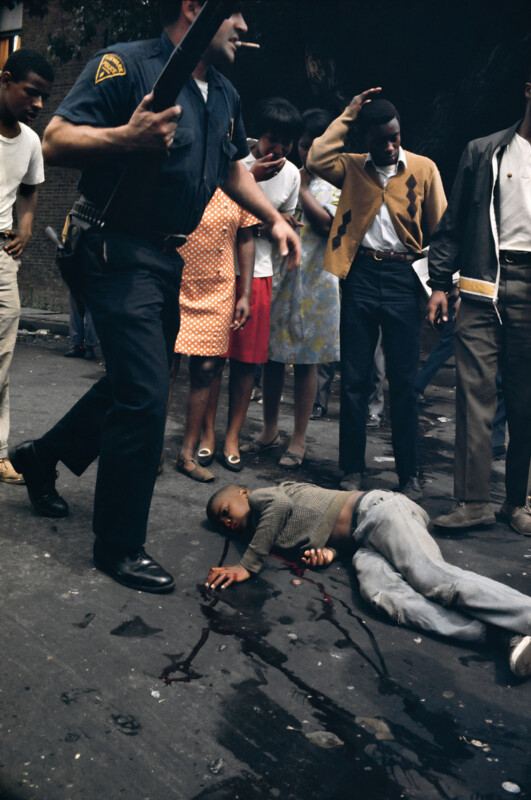

Lee, who died in 2015, captured some of the earliest known press images of police brutality — his photo of Billy Furr gunned down by law enforcement is accompanied by the shocking image of 12-year-old Joey Bass Jr. writhing in pain on the concrete after he was struck by the same bullets that killed Billy Furr. Lee’s photo of the young boy, who had been in a playground nearby, appeared on the front cover of Life magazine on July 28, 1967.
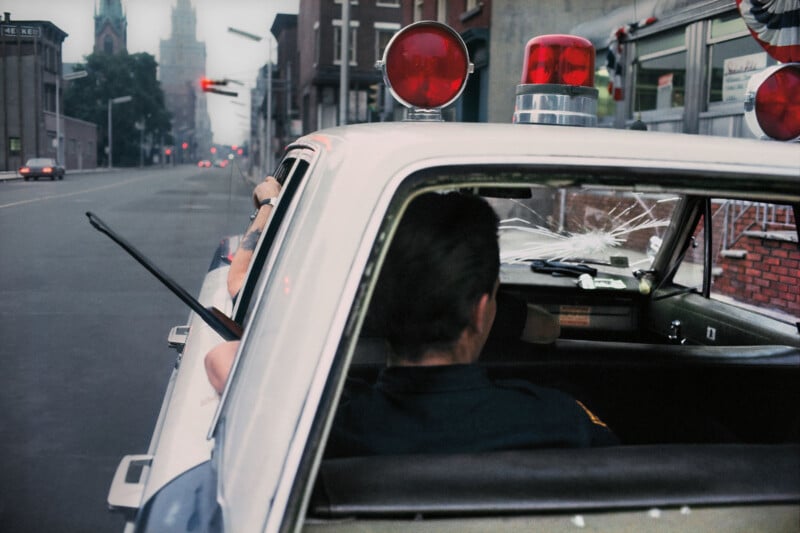

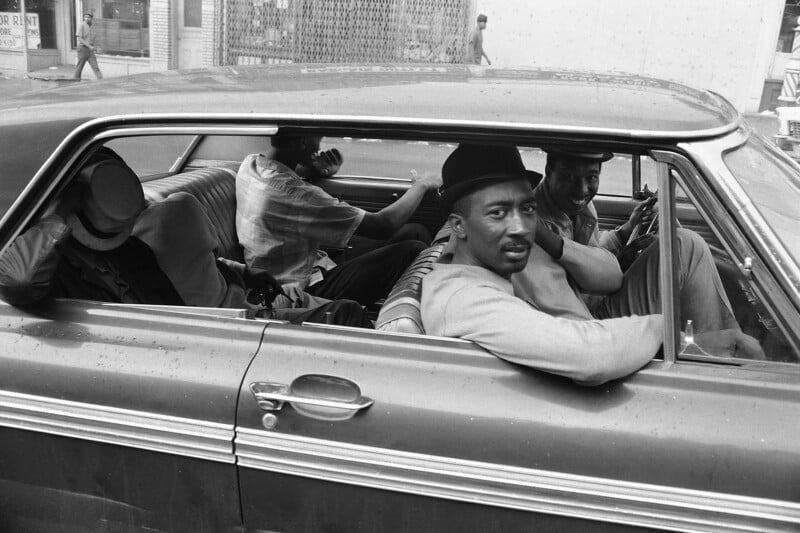
Lee’s photos, some of them previously unseen, have been collated into a new book The War Is Here: Newark 1967 which the publisher, ZE Books, describes as a series of “unsettling images capture an inescapable sense of fear, corruption, racial discrimination and authoritarian police force’s misuse of power.”
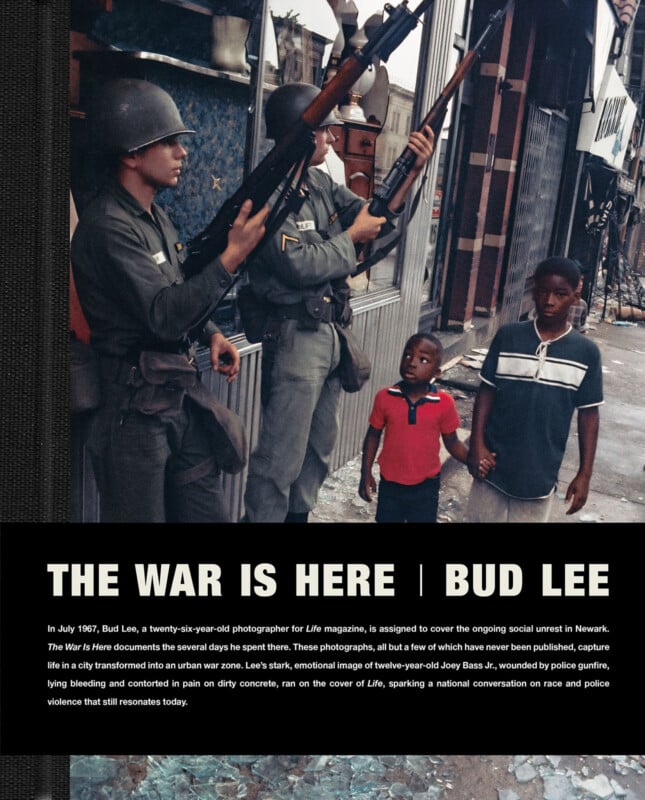
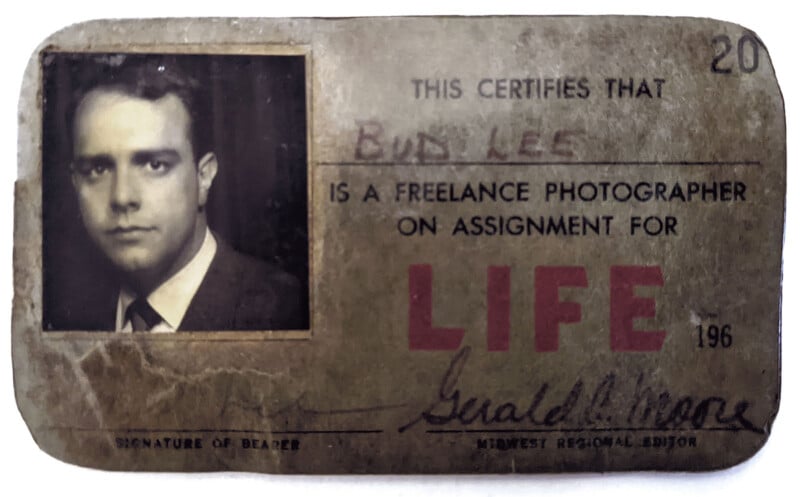
Context
In an interview with The New York Times, Junius W. Williams, a law student at the time of the riot, describes how Newark was a tense place before the fateful events.
“It was all based on race and class, but race predominated because all of this was happening at the expense of and to Black people, no matter if you were poor, middle-class or working. The police were agents of oppression and the political system was hellbent on keeping us in our place” he says.
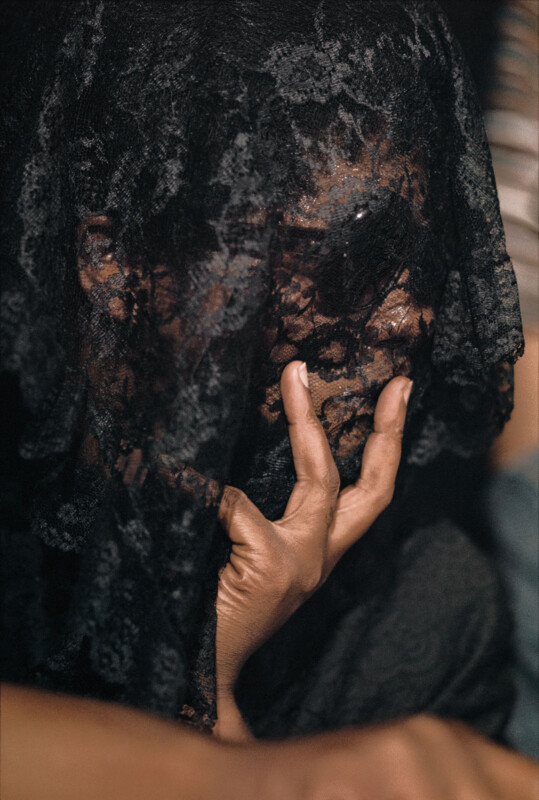
“The first two or three days there was a sense that this was the relief and the release that people needed. But in the second three days, once the combined police force — local, state and the National Guard — had been fully deployed, there was fear, because the police rioted. If this was a rebellion, the police rioted. They took it in their own hands to seek retribution against people for the slightest infraction.”
The War Is Here: Newark 1967 will be released later this month and is available from ZE Books here.
Image credits: All photos courtesy of the Bud Lee estate.